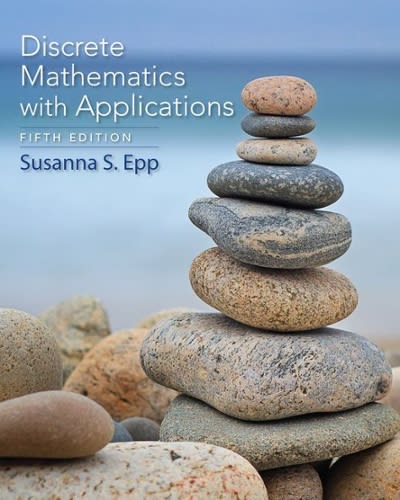



Random variables, expectation, varience
Question 9 0/1p What are the two schools of thought regarding appellate decision making? legal model of decision making and attitudinal model of decision making attitudinal model of decision making and deliberation model of decision making deliberation model of decision making and intuitive model of decision making intuitive model of decision making and therapeutic jurisprudence decision making.12 15 Short-term decision making differs from long-term decision making because: Short-term decision making assumes that variable costs are fixed. Short-term decision making assumes selling prices are fixed. Short-term decision making assumes capacity is fixed. Short-term decision making assumes the accounting data is fixed. 13 5 1626. Table: Homer, Marge Payoff Table Marge (utility) Go to Ball Game Go to Opera Homer Go to Ball Game 50, 50 45, 45 (utility) Go to Opera 0, 45 48, 60 Refer to the table. The Nash equilibrium is (are): O (50, 50) and (48, 60). O (0, 45). O (45, 45). O (48, 60) and (45, 45). 27. Game theory is the study of: O random decision making. O strategic decision making. O cartel decision making. O decision making allowing for irrational behavior. Remaining: 1:37:00 Start: 6:39 PM 9 re W e 99% J C lenovoSP20 MATH 202 MW 9:15a-10:55a Homework: Recommended Problems for Section 4.1 Score: 0 of 1 pt 1 of 17 (0 complete) 4.1.1 What is the difference between univariate data and bivariate data? Choose the correct answer below. O A. In univariate data, the data are qualitative, In bivariate data, the data are quantitative. O B. In univariate data, there is one mean. In bivariate data, there are two means O C. In univariate data, a single variable is measured on each individual In bivariate data, two variables are measured on each individual. O D. In univariate data, there are only positive values and zeros. In bivariate data, there are positive values, negative values, and zeros. Click to select your answer and then click Check Answer Clear All All parts showing ABlock introduction researcher investigates if the level of testosterone influences the level of risk-taking behaviour among adolescents. Risk-taking behaviour is measured on a 7 -po cale. his is an example of. Bivariate statistics with testosterone as dependent variable Univariate statistics with testosterone as independent variable Bivariate statistics with testosterone as independent variable Inivariate statistics with testosterone as dependent variable















